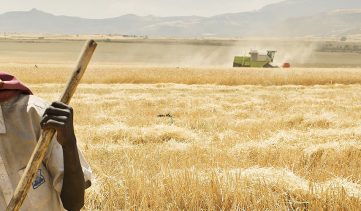A food system that provides food security and nutrition in a productive, inclusive, climate-smart, sustainable, nutrition-sensitive, and business-friendly way is essential to promote and maintain the well-being of all people and of the planet.[1] Such a food system will be key to achieve multiple Sustainable Development Goals (SDGs). For these reasons, a global food system index is critical to monitor and track progress toward a desired food system.
By providing decision makers with a broad and practical tracking and monitoring tool, a global food system index would support the World Economic Forum’s Global Agenda Council on Food and Nutrition Security mandate of ensuring sustainable food and nutrition security for all. The global food system index will aim to fill a niche among a crowded field of indexes and indicators; while many indexes exist, none distills the complexities of the entire food system into a single index or set of indexes.
The global food systems index will be developed and disseminated to help users prioritize investments in food systems, assess the policy and institutional support for climate smart practices and sustainable systems, and track the development impacts of food systems (among other uses). Users of such an index may come from various sectors and spheres, including decision makers in governments, international organizations, the private sector, donor agencies, civil society, and academia.
Drawing from the UN Secretary General’s Zero Hunger Challenge, a food system is defined as a system that “embraces all elements (environment, people, inputs, processes, infrastructure, institutions, et cetera) and activities that relate to the production, processing, distribution, preparation, and consumption of food and the outputs of these activities, including socio-economic an environmental outcomes.” Understanding the many moving parts of a food system requires a tool; in this case, an index.


